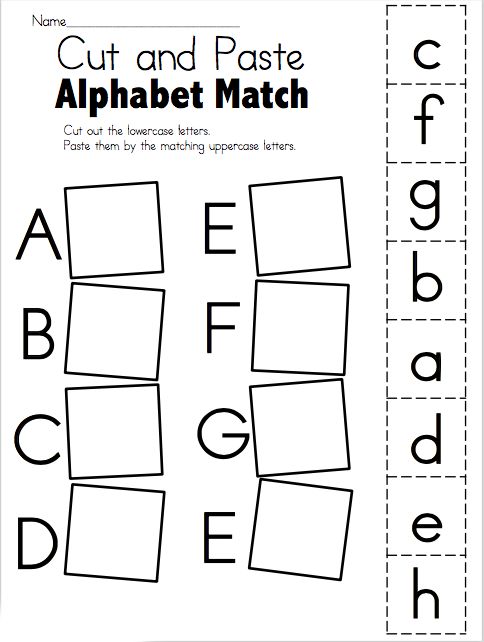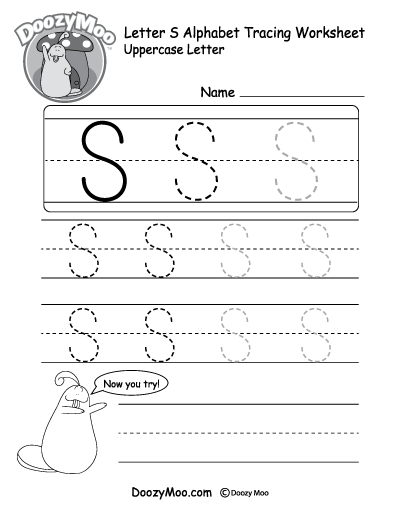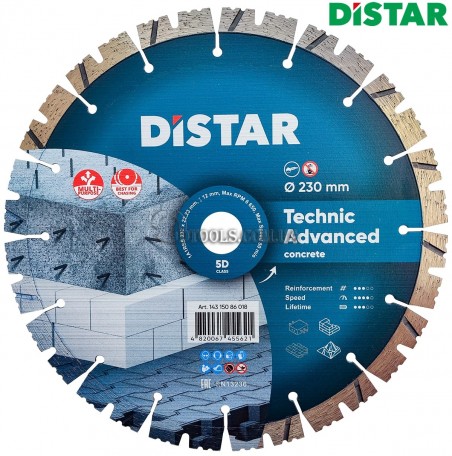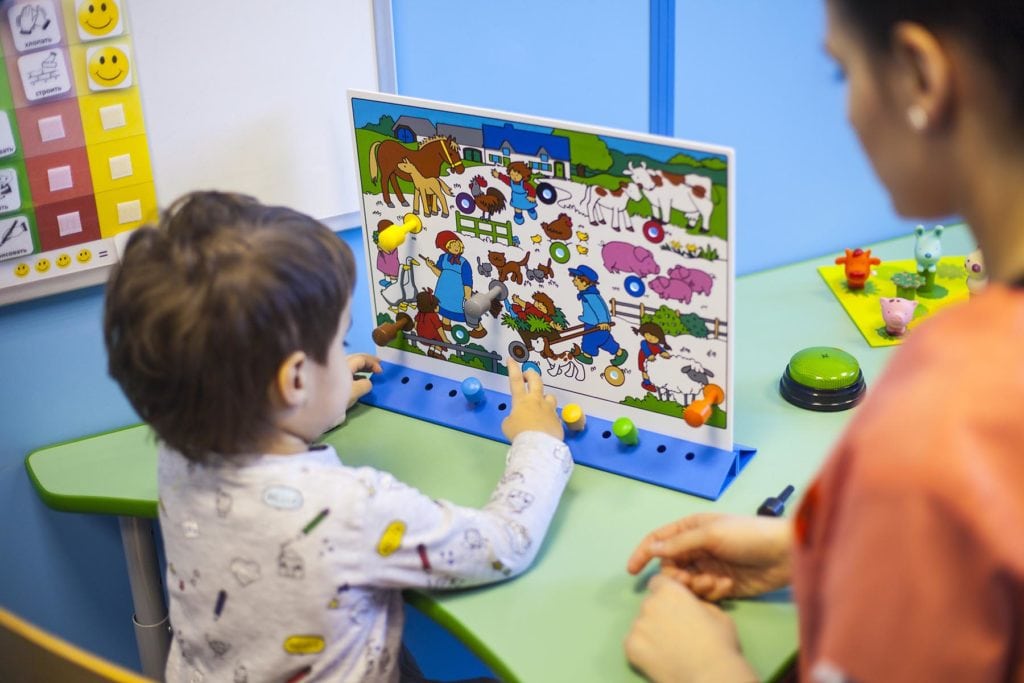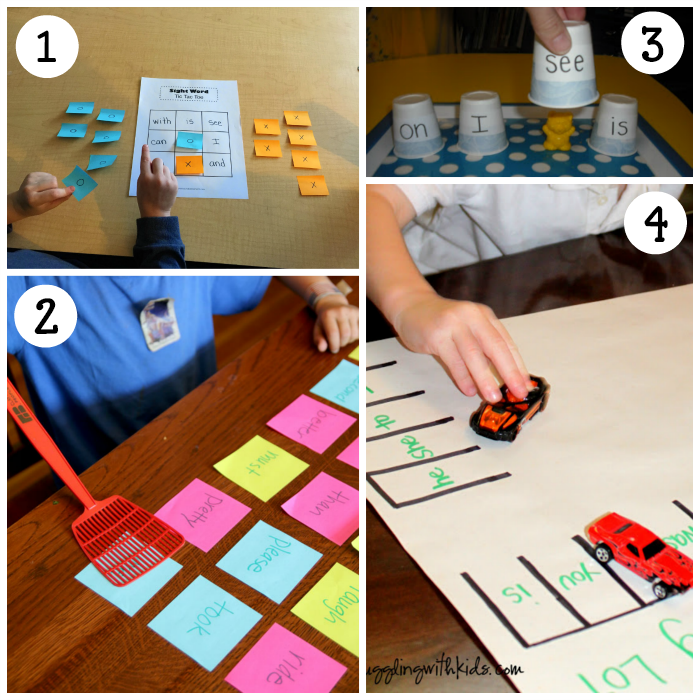Activities to learn alphabet
26 Easy, Fun Alphabet Activities That Give Kids the Practice They Need
Alphabet activities make learning your ABCs more fun. There are so many ways to practice your ABCs, you might be able to do one alphabet activity a day for a year without repeating. We’ve gathered over 25 super fun alphabet activities so kids can play and learn every day.
1. Write letters on dried beans
Large dried white beans are inexpensive to purchase and easy to write on. Grab a sharpie and write all the upper and lower case letters on them. Then put each set in a pile (or baggie) and ask your kids to match them.
ADVERTISEMENT
2. Letter sort with sticky notes
Write individual letters on sticky notes and then place them all over your house or just on every stair in a staircase. This practice game has a lot of variations—all tied to sorting. Ask kids to sort by:
- lowercase
- uppercase
- letters in their name
- straight lines (H)
- curved lines (c)
- both curved and straight lines (B)
- consonants
- vowels
For even more practice: have them sort their finds into ABC order, match lowercase letters to uppercase letters, and then, find a way to sort them that’s new.
3. Write letters in shaving cream
Squirt shaving cream on a table and let your kids write letters in the cream. Smoothe it out to erase and start again. Bonus: their hands and your table will be cleaner than ever!
Source: Rose and Rex
4. Bend letters with pipe cleaners
Pipe cleaners have always been a trusted source of good fine motor practice as well as a fun craft resource. Now use them to have kids create uppercase and lower case letters.
Learn more: make and takes
5. Make sensory ABC bags
This one is great because you can change up what you put in here and even move to sight words. You’ll need a gallon bag with a ziplock top. Add letters written on pieces of paper, magnetic letters, scrabble tiles, or anything else you can think of with letters. Then fill the bag with rice or oatmeal and seal it. Kids dig through the rice through the bag to find the letters. When they find them, they write down the letter they find until they locate all 26 letters of the alphabet.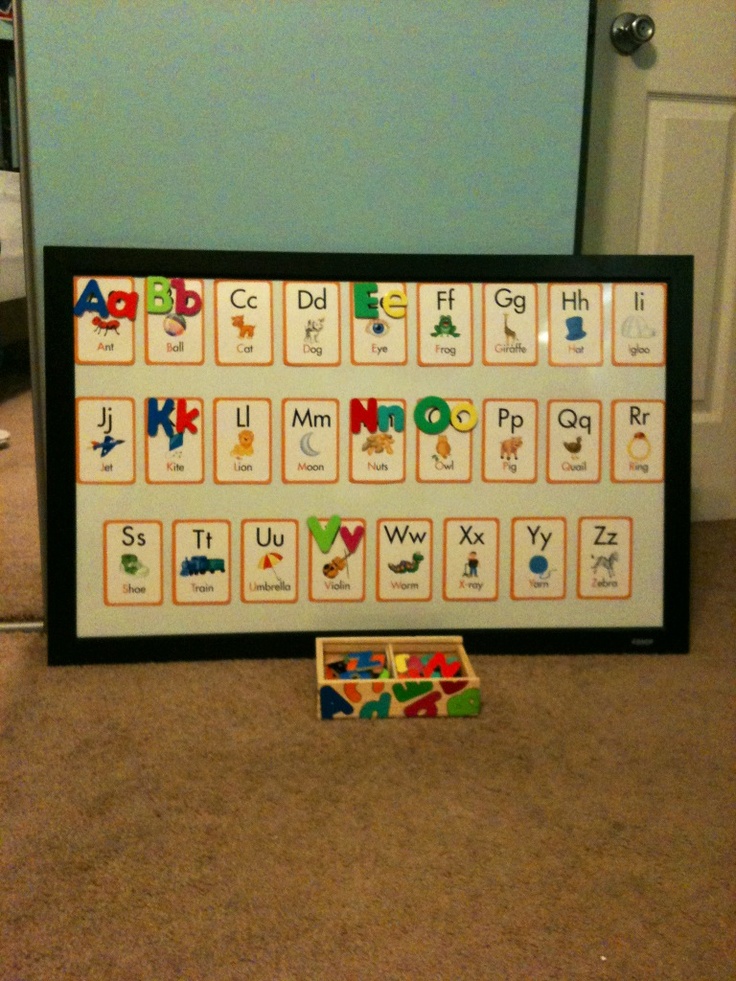
For more sensory ideas: Little Bins Little Hands
6. Find invisible letters with watercolors
This is a classic. Using a white crayon, draw letters on a piece of white paper. Give your kids watercolor, let them paint the paper, and watch the letters appear.
Learn more: Gift of Curiosity
7. Play musical alphabet
Set up letters in a big circle on the floor. You can use magnetic letters or just write them on index cards. Put music on and have your child walk around the circle to the music. When the music goes off, your child tells you the closest letter. Expand on it: ask your child to name three things (colors, animals, etc) that start with that letter.
8. Sponge the alphabet
Cut sponges into letters and use them for sponge painting letters or playing in the tub.
Learn more: Learning 4 Kids
9. Put together name puzzles
Write the upper and lower case letters in a name and then cut them apart in a simple zigzag.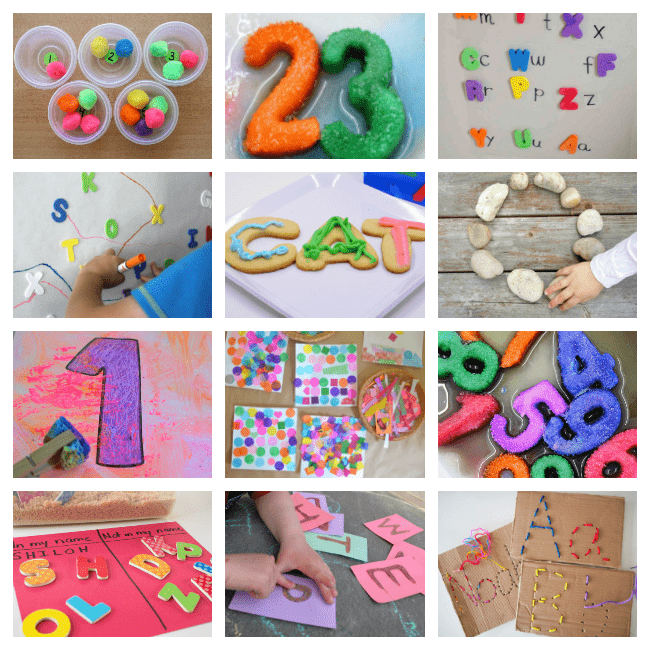 Mix up the letters and ask a child to match them up and put them in the right order.
Mix up the letters and ask a child to match them up and put them in the right order.
10. Make letters from nature
Find the alphabet right outside. Choose natural objects that already look like letters, or arrange them to look like them.
To learn more: Right Brained Mom
11. Eat your ABCs
We know from Alphabet Soup that eating your ABCs is plain old fun. So think of all the ways you can practice the alphabet at mealtime. Pancakes can be made into letters, jello can be cut into letters, and noodles can be used to make letters (just to name a few).
Learn more: Parent Map
12. Go on an alphabet scavenger hunt
The fun part about this for grown-ups is that there is no prep. Tell kids to go find objects that start with each letter of the alphabet. To make this game take longer, designate spots for them to bring each item back—one at a time. Every item must be approved before they can move on to the next. This allows for fewer meltdowns at the end when an item is deemed inaccurate.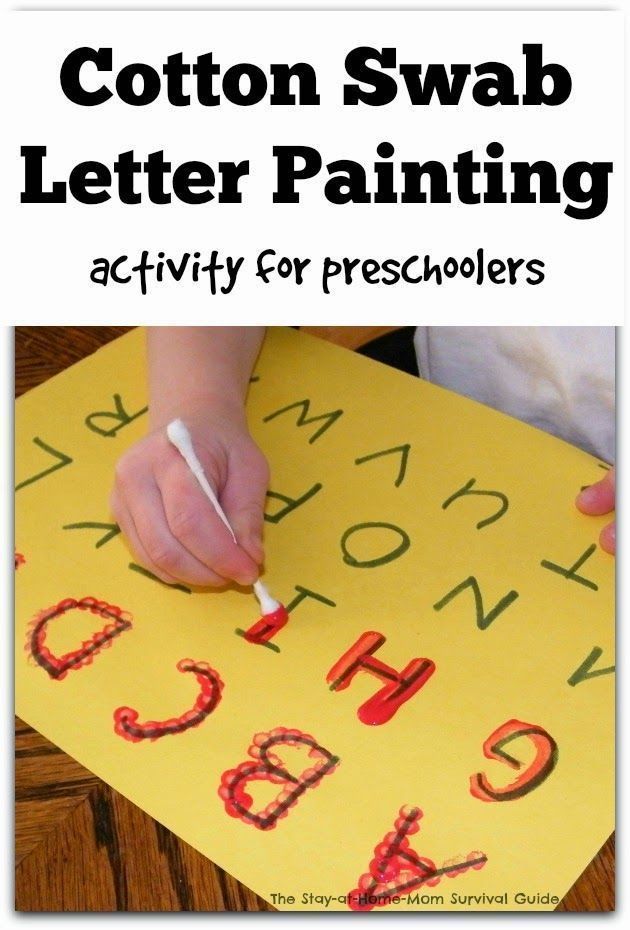
13. Make your own ABC book
Personalizing the ABCs helps kids process and retain their learning. One of our favorite alphabet activities starts by creating a book out of 26 pieces of paper and staples or hole punches and a ribbon. Have kids write an uppercase and lowercase letter on each page. Finally, have them draw or cut out pictures of things that start with each letter. Voila!
Learn more: Teach Mama
14. Create ABC popup books
Use the following tutorial video to learn how to make different kinds of pop up pages. Then, create a page per week for 26 weeks for each letter. At the end, use a glue stick to glue them all together to make an ABC popup book!
15. Stamp letters in playdough
Roll out playdough and push letter stamps right into the dough. This is both tactile and great for practicing ABCs.
Learn more: I can teach my child
16. Make tactile letter cards
There’s lots of research (and experience) to support the value of using all the senses to learn.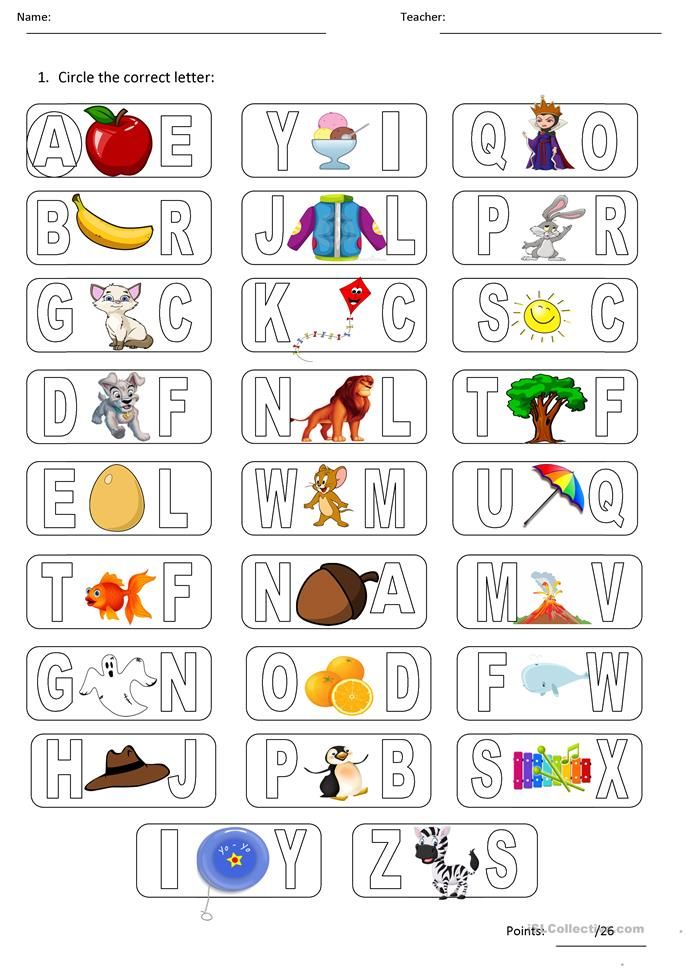 Making these tactile alphabet cards will be fun and have lasting benefits.
Making these tactile alphabet cards will be fun and have lasting benefits.
Learn more: All About Learning
17. Trace letters in spices
This one combines touch, smell, and sight. It gives you an opportunity to talk about what we uses spices for as well. Put the bottle in front of a child and have them write the spice name in the spice to make things a bit more challenging.
Source: Frog in a Pocket
18. Study a letter of the week
Many PreK and Kindergarten classes do a letter of the week, and for good reason. Teachers all share that instant recognition of letters and practice writing them is so important for learning to read. Doing alphabet activities for one letter each week reinforces knowledge and recollection.
For weekly activities: Preschool Mom
19. Do the yoga alphabet
Show kids this video and take the time to learn each yoga pose. Connecting the mind and the body is great for learning.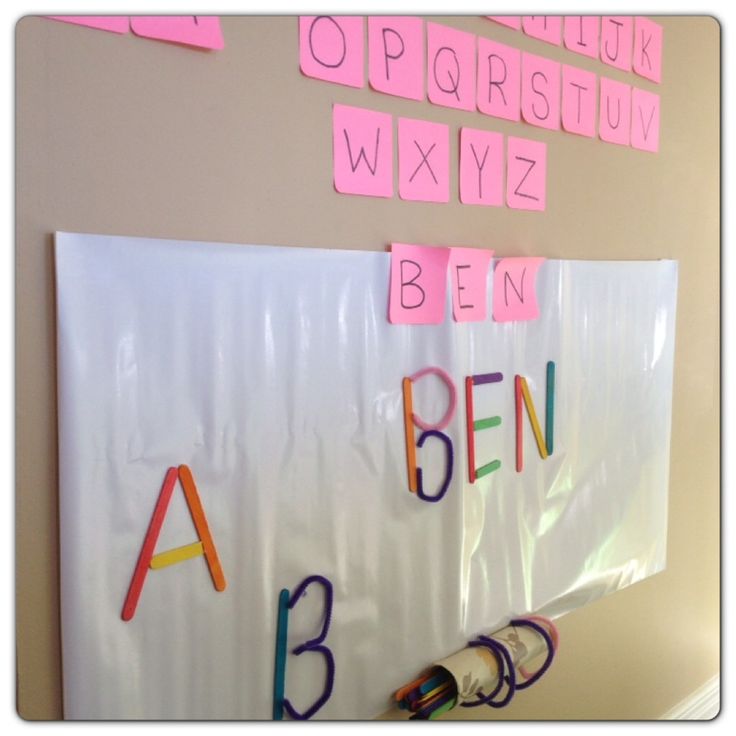
20. Sing songs about the alphabet
Everyone loves to sing the alphabet song, but did you know there are lots of other songs to sing that can help you remember the alphabet? Try out this Sesame Street favorite:
21. Draw pictures from letters
Using letters as a starting point, teach kids how to draw. If this is too difficult at first, just write a letter and then draw a picture around the letter.
Learn more: Felt Magnet
22. Highlight letters on a page
Print a page of text or grab your favorite magazine and a highlighter. Ask kids to highlight as many of one letter as they can find. This is also great for sight word recognition.
Here’s a freebie from The Inspired Apple to get you started.
23. Do-A-Dot letter tracing
These dot markers make tracing letters more fun and help kids with directionality and remembering how to write and recognize letters.
Free Dot tracing sheets: DTLK’s Educational Activities for Kids
24.
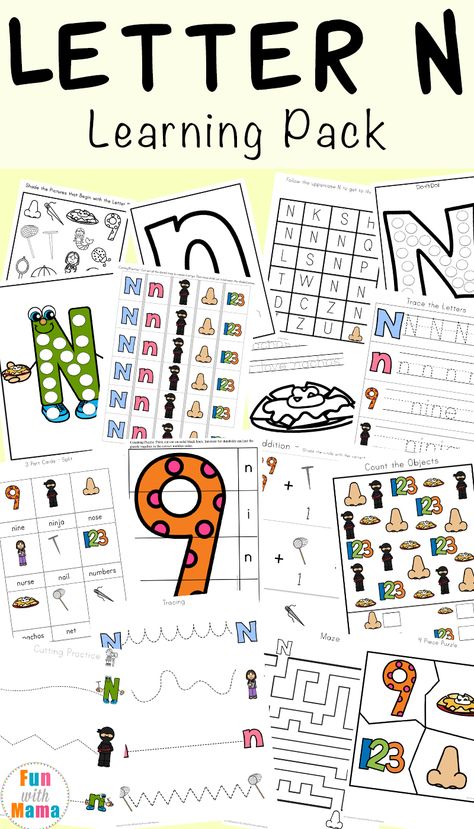 Play letter slap
Play letter slapMake 2 sets of index cards with all the letters on them (52 cards in all). Shuffle the cards together and deal them so each kid holds 26 cards. Together each player takes their top card and turns it upright. The player with the letter closest to A wins the hand and takes the card. If two of the same letter are played, the players slap the card. The one on the bottom of the slip wins the hand. The game ends when one player holds all the cards.
25. Match plastic Easter egg letters
Surely you have some plastic Easter eggs hanging around your attic. Use a Sharpie or letter stickers to put an uppercase letter on one half and a lowercase letter on the other. Then separate the two and throw them all in a basket. Kids pull them out and match them up. Tip: Add difficulty by not coordinating the colors.
Learn more: Crystal and Co.
26. Create loose part letters
What are loose parts? Loose parts are exactly what they sound like—a collection of loose materials or objects.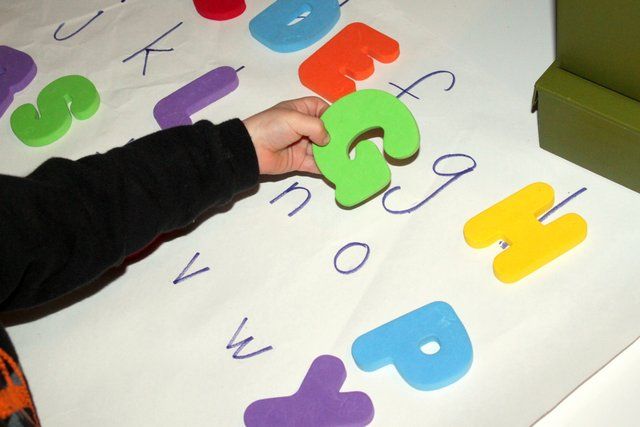 These can be small pebbles, bottle caps, random LEGO bricks, seeds, keys, anything. Draw big letters on a piece of paper and have kids line up loose parts to make the letter.
These can be small pebbles, bottle caps, random LEGO bricks, seeds, keys, anything. Draw big letters on a piece of paper and have kids line up loose parts to make the letter.
Recognizing letters is a fundamental part of learning how to read. Without it, children struggle to learn letter sounds and identify words. Beginning readers who know their alphabet have a much easier time learning to read. Making alphabet practice a part of every day in fun ways helps create a lifelong love for letters and words.
What games and activities do you like to use for practicing the alphabet?
Plus, our favorite activities using alphabet beads and the best alphabet books.
10 Active Activity Ideas to Learn the Alphabet
Literacy & ABCs
Move & LearnPreschoolersABCs
Letters
Resources6 Comments
SHARE POST
It doesn’t have to boring, repetitive, and all about worksheets in order to learn the alphabet.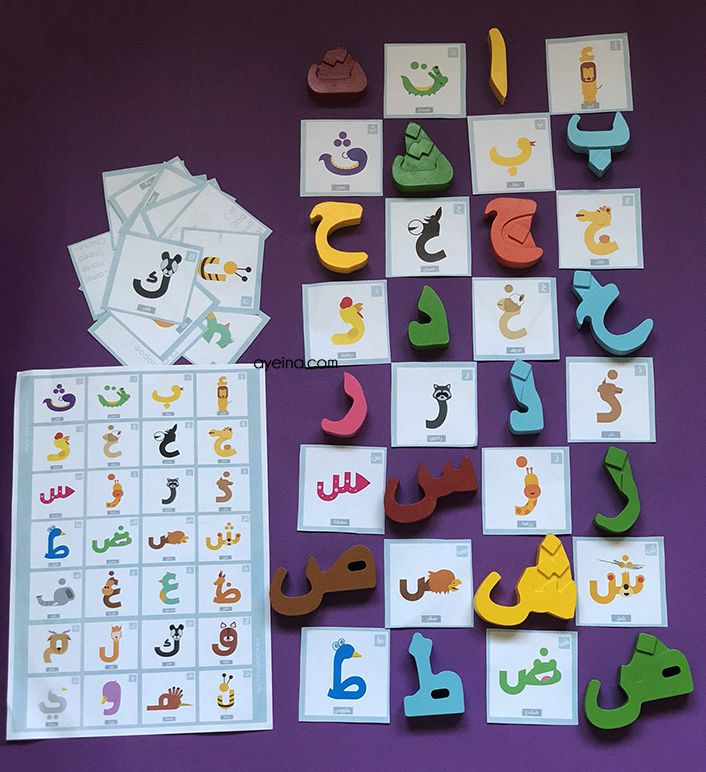
Older toddlers and preschoolers are soaking up all this information about letters and want to learn them! But they rarely want to sit and learn anything. So why not get them up and moving and learning the alphabet without even realizing that they are!
Active ways to learn are my favorite!
Download the Learn a Letter Week of Activities
1. Use the ABC Floor Mat
If you have one of those ABC floor mats, use it to learn! (If you don’t have a mat, here’s an affiliate link)
Make a game out of it, or just call our letters for them to find and put it in alphabetical order. I often put the outside part of the puzzle pieces together and call to George to find the letters to fill them in. It helps him recognize the letters and plus matching them up reinforces the letter names to what they look like.
Henry and I played this letter activity with the ABC mat and letter blocks too! It was a fun charades game with learning letters and counting!
2.
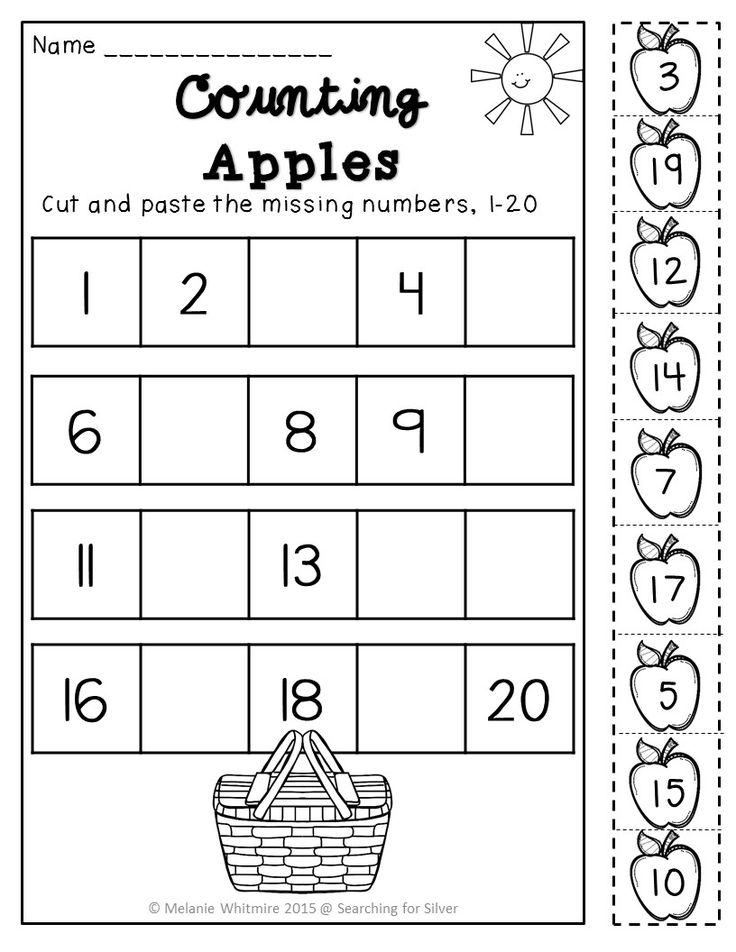 Add letters to blocks
Add letters to blocksJust playing with blocks, whether its wooden blocks, Legos, Mega Blocks, kids can use this technique to learn letters. I taped letters on the blocks!
I printed out letters that we were working on, several of each, and some that George didn’t know yet. Just playing with them gets kids recognizing the letters. Use the letters in conversation when building.
But you can take it a step further, click here to see how we added a little more learning to the process with an extra set of ‘letters’.
3. Make it a hunt
Making anything into a scavenger hunt is always fun for the kids.
Add a little letter learning to it by hiding letters around the house for them to find. Have a list of letters for them to find and check off.
Or make it on a big paper for them to come back and match the letters up to. Click here to see how we did our letter scavenger hunt.
This can also be done for numbers or shapes, anything that you have the objects for.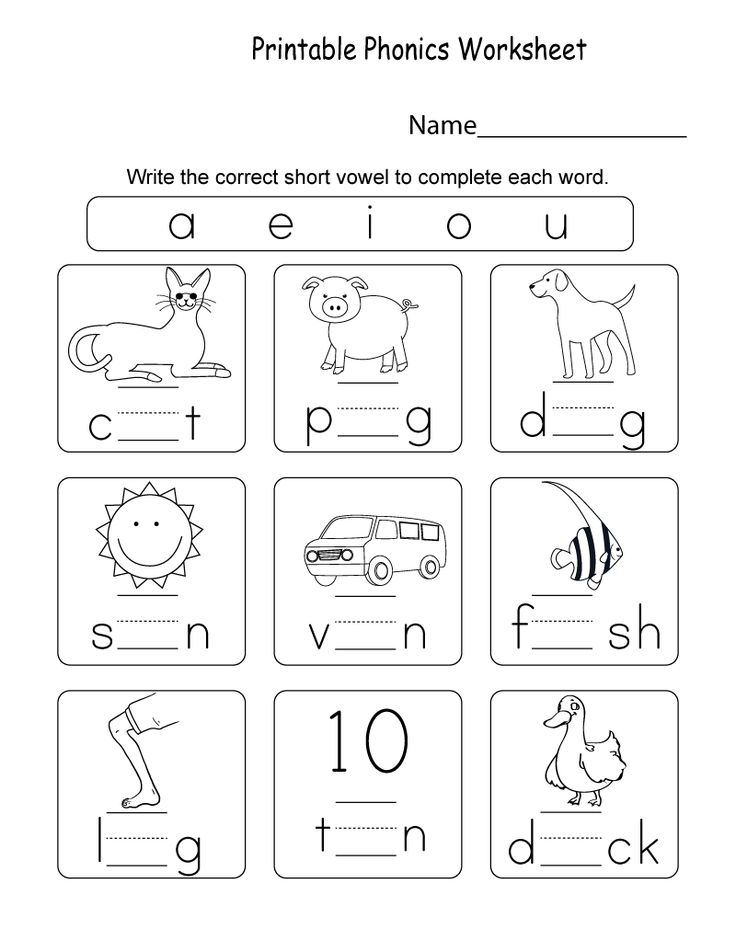
4. Create a maze of letters
Making mazes is actually quite easy with some painter’s tape on the floor. First start at the beginning and make turns back and forth to the finish. Then add in more turns that don’t go anywhere.
Add letters to the maze for the kids to follow through the maze to find their way to the finish.
We’ve done this maze with alphabetical order (A to B to C all the way to Z) as well as following a single letter all the way through the maze (B to B to B) and the wrong turns are wrong letters (D doesn’t come after A, uh-oh, go back and start again. Or, oops, that’s not a B, that’s a G).
5. Turn that into a string maze scavenger hunt
Put the two together, the maze and a scavenger hunt. My kids love ‘string’ scavenger hunts. Where I string up yarn around a room, or between a ‘hallway’ of dining room chairs.
Clip letters onto the string for them to ‘find’ on their way through the maze. We did it with lowercase letters matching to uppercase letters when they got through the maze.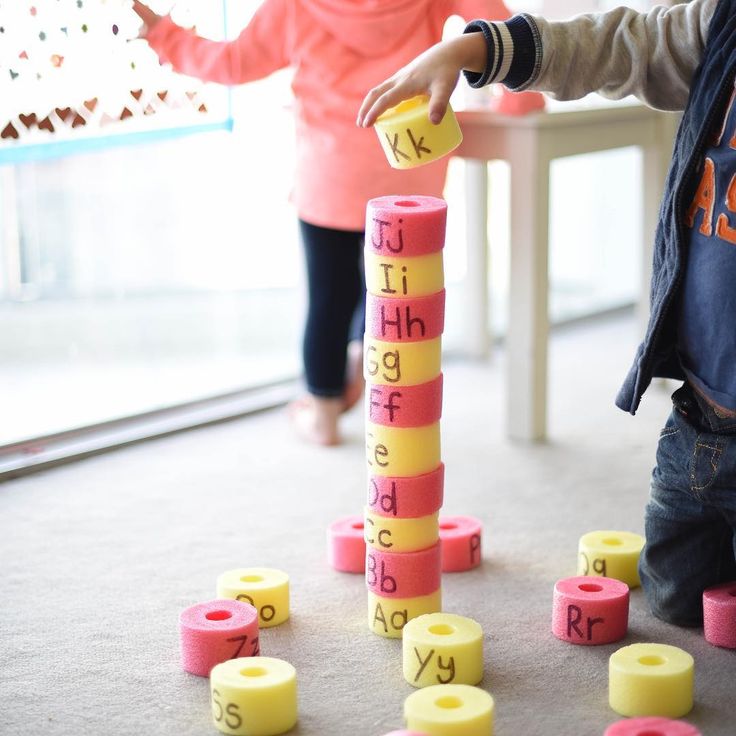 But just calling out the letters as they find them works too!
But just calling out the letters as they find them works too!
6. Big letter learning on the sidewalk
Sidewalk chalk is always a hit! Writing letters on the driveway is a fun way to learn them.
Write pairs of letters, either the same (uppercase or lowercase) or both, and have them match them up by drawing a line between the two. Its a great way for preschooler to recognize the letters.
Add to it by talking about what letters they’re connecting, or asking what letter they’re trying to find the match for. Using the names of the letters in conversation will reinforce what they’re learning.
We’ve done this by matching lowercase to uppercase letters, as well as with matching two uppercase letters.
7. Connect the dots, I mean letters
If a large sidewalk or driveway is not available, you can do the same letter learning indoors on a roll of art paper (or butcher paper).
Not only is this helping preschooler learn the alphabet, but its also working on their writing skills.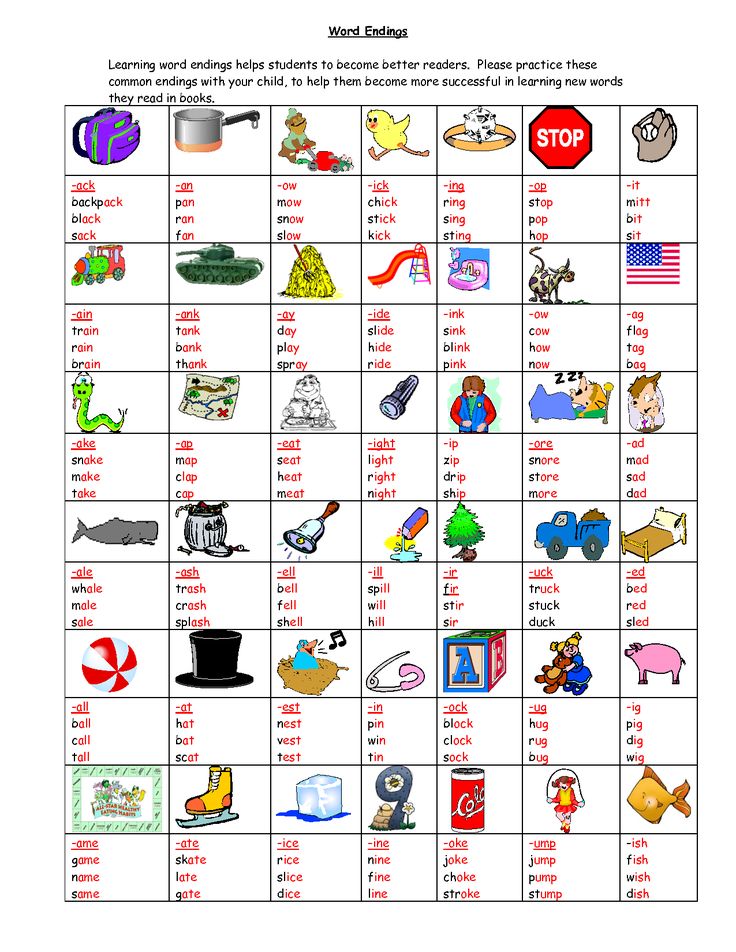 Holding the marker, or pencil, properly.
Holding the marker, or pencil, properly.
This can also be done by matching shapes or numbers (or work on counting by matching a number to a group of dots).
8. SWAT the letters!
What kid wouldn’t love swatting something? Give them a fly swatter and just watch.
Now add a large piece of paper with some letters on it and call out letters for them to swat. That’s it! How fun! Or turn it around and let them tell you what letters they swatted.
This activity can also be turned into other fun ways to learn, we’ve done letter swatting, but also sight word swatting!
9. Throw a ball
Grab one of the many balls that you probably have rolling around the house or garage. Take this outside.
Throw or roll the ball back and forth practicing letter sounds or beginning letters. Or just calling out letters! Just for fun.
I’ve seen this done with letters written on the ball too. Kids can then call out the letter they see on the ball when they catch it and pass it back.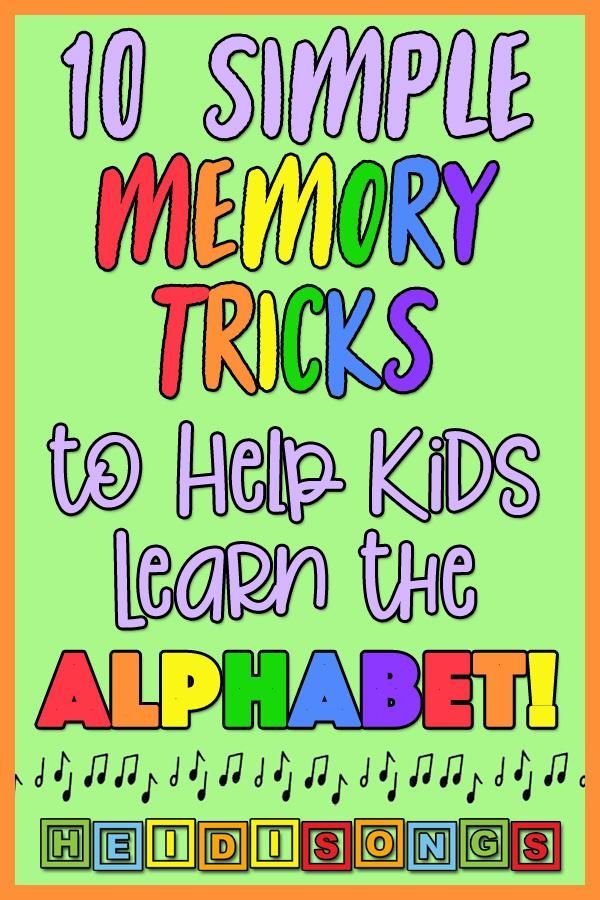
10. Make it a race
Use all those letter magnets that I’m sure you have (if you don’t, here’s an affiliate link) on the fridge to create a race!
Shout for them to run and grab the letter ‘B’ and race back to give it to you or put it in a basket. And repeat with another letter.
Great for recognition and fun because my kids love anything that’s a race! You can also advance this by using letter sounds or beginning letters (Run and grab the letter that BOX starts with).
More ways to learn the alphabet, active or not, it can still be fun:
- Make paper chain letters
- Magic letters
- Find the letter on the apple on PBS Parents
- 50 activities for preschoolers to learn their ABCs
That’s just the tip of some fun ways to get active while learning.
Many of our move and learn activities can be used to help preschooler learn the alphabet as well.
More move and learn ideas:
- Spider Web Tape Game from The Pleasantest Thing
- Around the House Passport Game with Math Facts at Coffee Cups & Crayons
- Halloween Movement Activities for Kids at Toddler Approved
- See all our Move & Learn Activities
Download the Move & Learn Week of Activities
SHARE POST
Learning the alphabet: methods, exercises and games for children
The alphabet is the foundation of reading.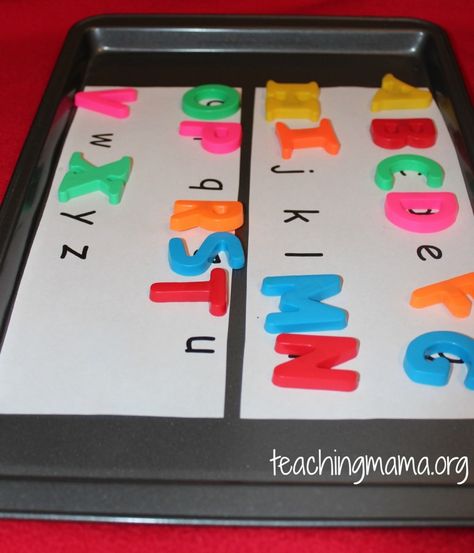 Therefore, before you start reading and writing, teach your children the letters.
Therefore, before you start reading and writing, teach your children the letters.
Children can start learning to read as early as preschool age. Parents and teachers need to teach their child how to pronounce sounds correctly in their native language. These are important prerequisites for learning letters and learning to read successfully. The educational process of preschool children is based on visual, acoustic and tactile exercises. The use of various channels of perception in the educational process increases its effectiveness and stimulates long-term memorization of letters.
Learning the alphabet: introducing the child to the alphabet.
To master reading, a child must learn and recognize not only the graphic form of letters, but also be able to compare them with their corresponding sounds. This means that the child must be able to write letters and pronounce them. When the child learns to correctly pronounce all the sounds in his native language and distinguish letters by visual form, go directly to reading.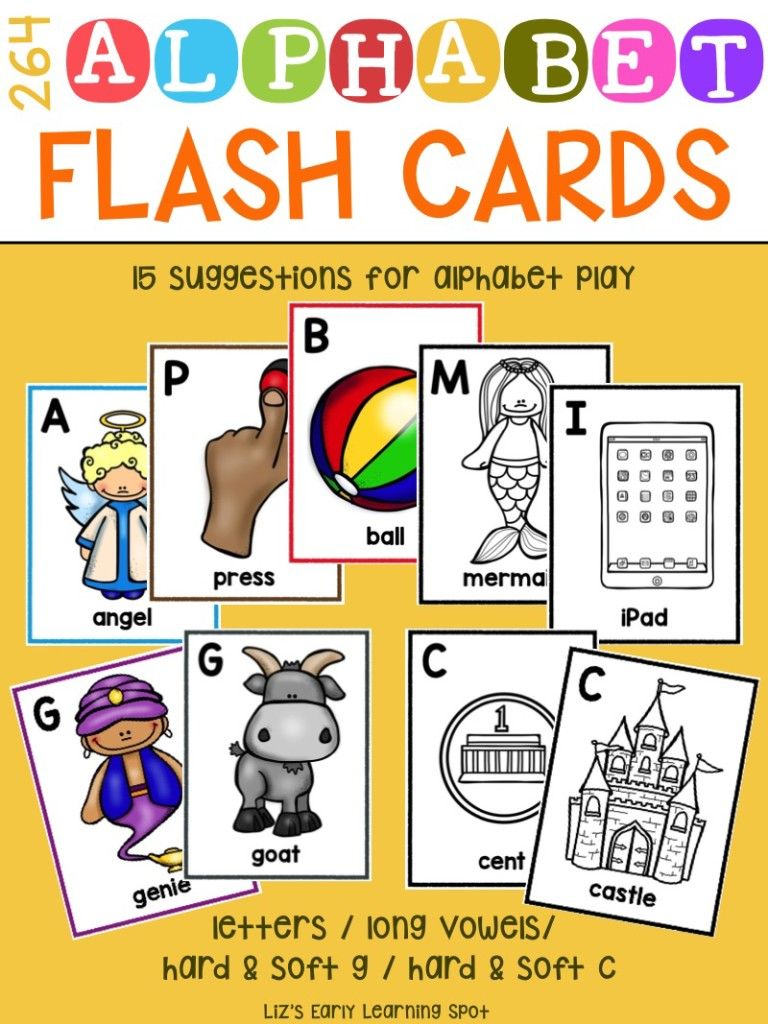 As a rule, at the age of 5-6 years, most children no longer experience difficulties in this.
As a rule, at the age of 5-6 years, most children no longer experience difficulties in this.
See also: Reading and bilingualism. Bilingualism in children
From the age of 5 to 6, children begin to understand that there is a lot of information encoded in language using letters. Thus, they are interested in learning to read by then, as they are naturally curious.
Of course, babies can learn and memorize individual letters quite early. However, their interest, mostly spontaneous, is directed to individual words and letters. Here it is important to gently motivate the child by encouraging him to learn through games and a comfortable environment. However, too much pressure can lead to stress, causing little ones to lose any motivation to learn letters.
Alphabet learning games
The first rule of learning the alphabet: learn the letters one by one!
Don't forget, each letter is made up of visually similar elements.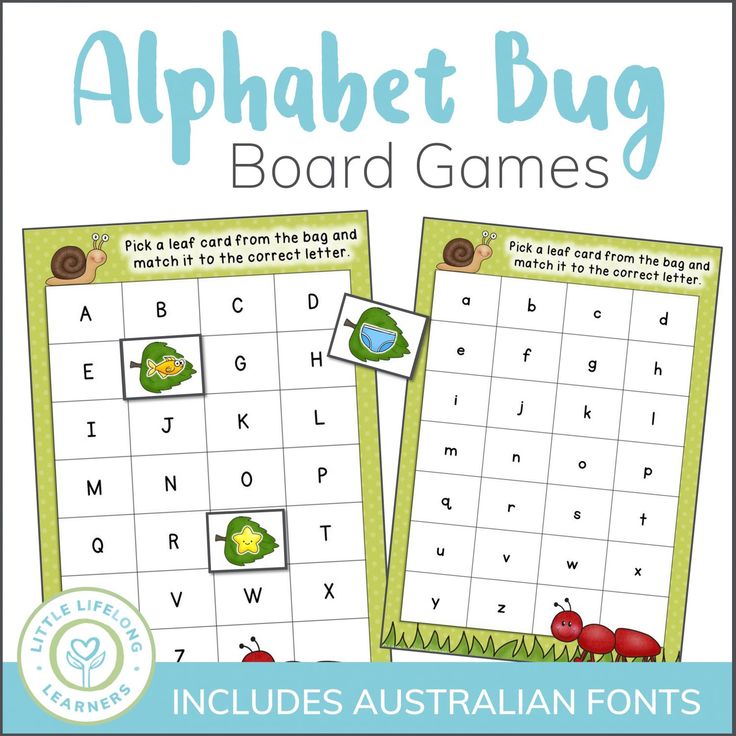 If you try to teach a child several letters at a time, he may become confused. Learn the letters one by one. One lesson - one letter.
If you try to teach a child several letters at a time, he may become confused. Learn the letters one by one. One lesson - one letter.
Second rule of learning the alphabet: take your time!
Give your child enough time for each letter. Plan 1-2 lessons for each new letter. Organize the lesson in a form that is interesting for the child with the help of games.
Tactile method: from studying letters to reading
The child sees something abstract in a letter. Chains of associations will help in learning letters. Associating each letter with something specific or familiar helps the child fix it in his memory.
1. Make a letter out of plasticine
Let's memorize what a letter looks like and develop fine motor skills.
We will need: plasticine (should be elastic), modeling board and a disposable plastic knife.
Together with your child, roll out 8 approximately identical sausages from plasticine.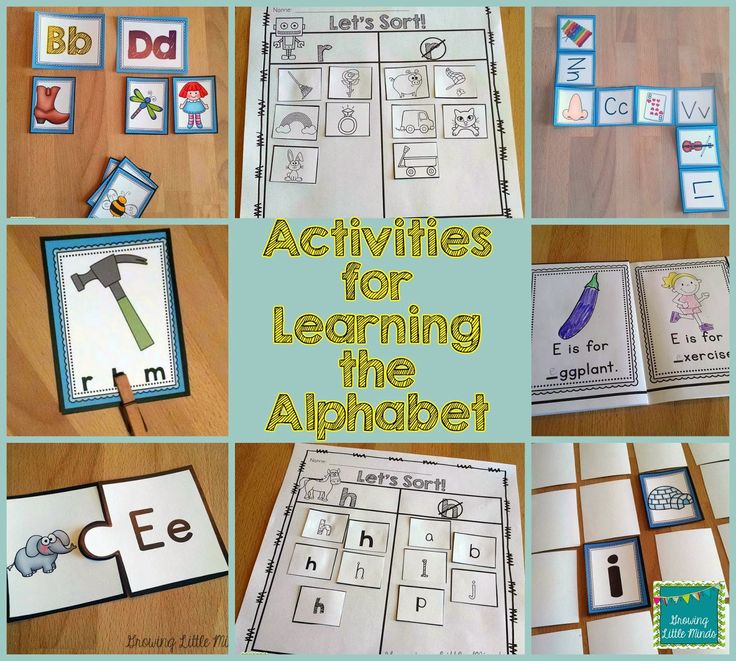 2 - divide in half, 2 - divide into 3 parts. From the remaining 4, make rings by blinding their edges and cut 2 of them in half, creating semicircles. Thus, you should get a set of elements to compose any letters of the alphabet. Show the child a couple of examples and ask them to repeat, collecting previously passed letters.
2 - divide in half, 2 - divide into 3 parts. From the remaining 4, make rings by blinding their edges and cut 2 of them in half, creating semicircles. Thus, you should get a set of elements to compose any letters of the alphabet. Show the child a couple of examples and ask them to repeat, collecting previously passed letters.
2. Magic wands
Let's memorize letters, learn how to make letters from sticks, learn how to transform letters.
We need: a set of counting sticks. If not, you can replace with matches or toothpicks.
The easiest way is to lay out letters from sticks according to a pattern or without a pattern (according to the idea). When the child learns to lay out all the letters, you can complicate the task by laying out objects familiar to the child from them, and then ask them to change them, for example, make a figure resembling a door out of sticks, and then ask the child to remove 2 sticks to make the letter P.
3.
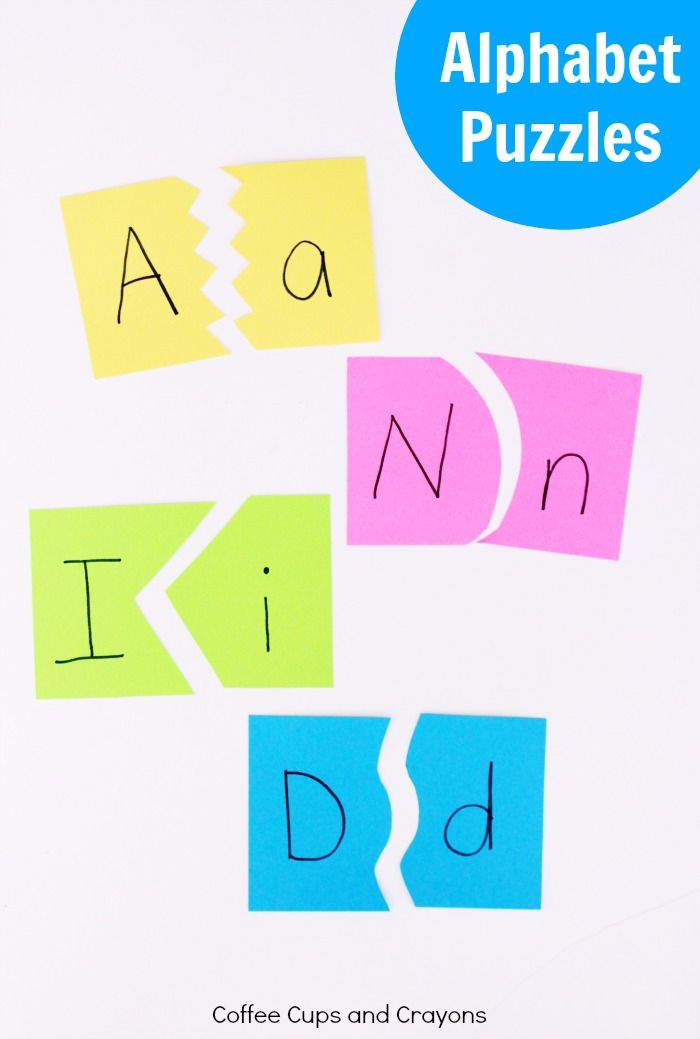 Tactile letters
Tactile letters Memorize letters and develop fine motor skills
We will need: sandpaper, velvet paper, scissors.
Cut out letters from sandpaper or velvet paper. The child will have to close his eyes to identify the letter by touch.
4. Draw a letter on the semolina
Memorize letters, develop fine motor skills
We will need: bright dish tray, semolina
Pour sand or semolina in a thin layer on the tray. Set an example for your child, show how to write letters on the croup with a finger or a stick. Ask him to write next to the letter, the same as you wrote, to write a letter more or less than yours, to add an unfinished letter, or to erase the extra detail of the "wrong" letter. Children will like this game, just shake the tray a little, and the mistake or inaccuracy made disappears!
5. Mirror letter
Memorize letters and train attention
We will need: cardboard, pencil and scissors
Prepare identical cards cards, 2 pieces for each letter.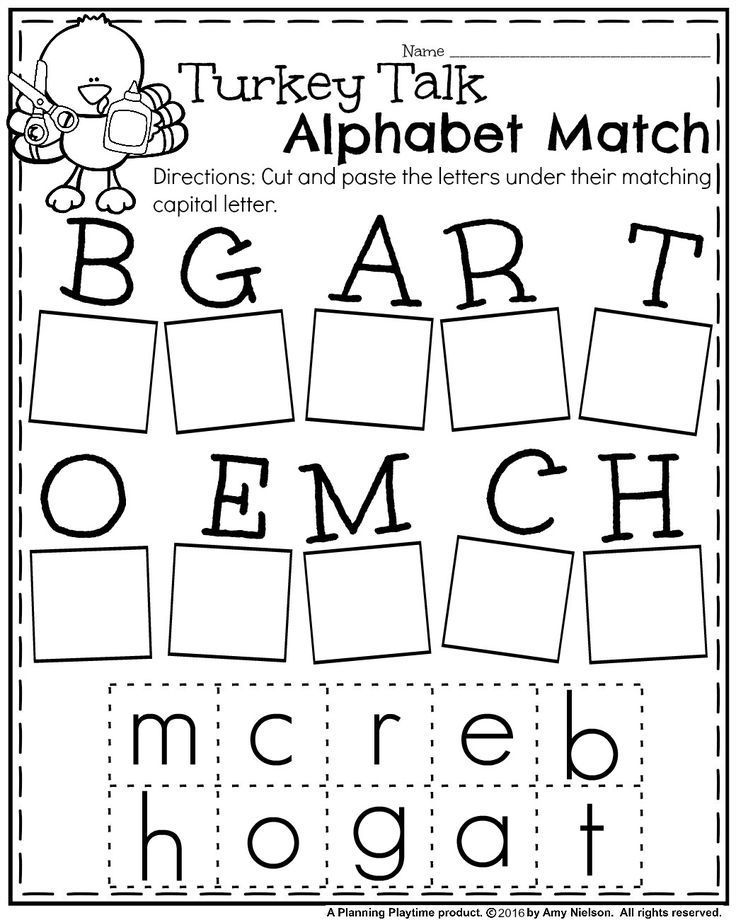 Write 1 letter on each card. Write the letters in mirror image and correctly. Lay out cards with the same letter in front of the child and offer to choose the correct one.
Write 1 letter on each card. Write the letters in mirror image and correctly. Lay out cards with the same letter in front of the child and offer to choose the correct one.
6. Memory test game
Train memory
We will need: scissors, cardboard and a pencil
The game "Memory Test" will challenge even older children. Write each capital letter on one card and lowercase letter on the other card. Turn over all the cards and place them on the table. Ask your child to match uppercase and lowercase letters. You can complicate and add a dictionary element. Have the children match the letter of the alphabet with the picture that starts with that letter.
7. Bean bag
Memory training
We will need: a bag of beans or other bulk material, a tablecloth or a large piece of paper.
If you want to warm up a bit while you study the letters, play a game of Beanbag. Write the alphabet randomly on a large piece of paper.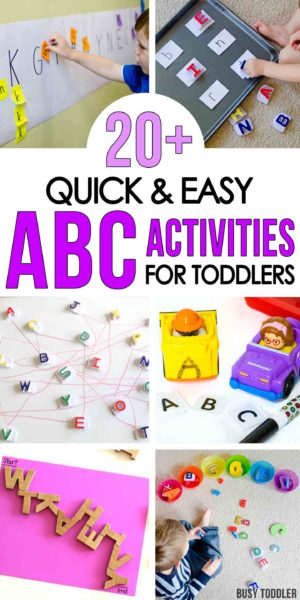 Give the children a bean bag and ask them to put it on paper. The child must name a word that begins with the letter on which the bag fell. If a student is stuck, help him.
Give the children a bean bag and ask them to put it on paper. The child must name a word that begins with the letter on which the bag fell. If a student is stuck, help him.
Ask the child to check the chosen letter with letters from the alphabet. Be sure to ask the name of the letter. The exercise will help children learn to distinguish visually similar letters and avoid mistakes when writing them in the future.
Drawing, coloring, cutting letters out of paper and gluing them together develop fine motor skills in children. Self-made flash cards with letters facilitate memory and associative thinking, creating the basis for tactile games. You can make postcards alone or with your child. Letters can be cut out of paper of various textures and pasted onto cards made of cardboard or paper. Then you can ask the child to pick up letters from 2-3 cards with their eyes closed.
Literacy begins with learning the letters of the alphabet. Combine different perceptual styles.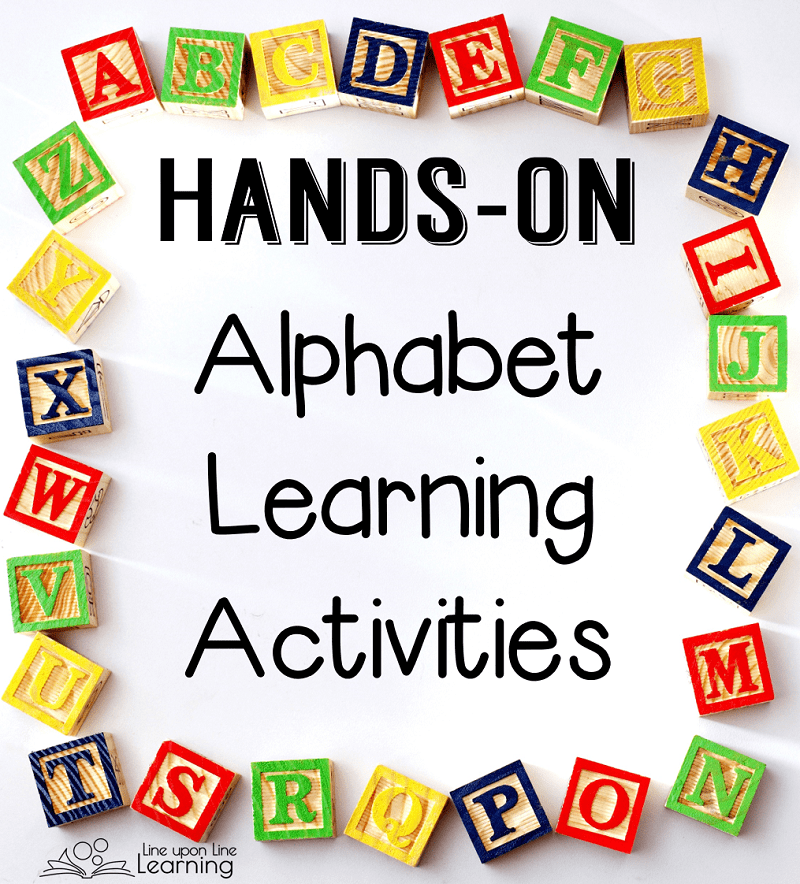 The alphabet learning games described above help children to learn letters at different levels. Moreover, fine motor skills play a crucial role in the formation of systematic connections in the mind of the child and create the basis for the development of reading and writing.
The alphabet learning games described above help children to learn letters at different levels. Moreover, fine motor skills play a crucial role in the formation of systematic connections in the mind of the child and create the basis for the development of reading and writing.
How to teach a child the letters
How to teach a child the alphabet as early as possible? How to get a child interested in learning? What teaching aids are better: primers, alphabet, cards with letters, games? What if the child does not want to learn letters? And many other questions about teaching a child the letters of the Russian alphabet were told by the teacher of the children's development center.
ContentsExpand
- When is the best time to start learning the alphabet
- ABCs
- Methods
- Method of memorizing letters from images
- Bakhtina's interesting technique
- Basic recommendations for the study of letters according to the classical method
- Learning letters with pleasure
Parents are looking for newfangled methods, trying to figure out how to teach their child letters successfully and quickly, however, this does not always lead to the expected effect.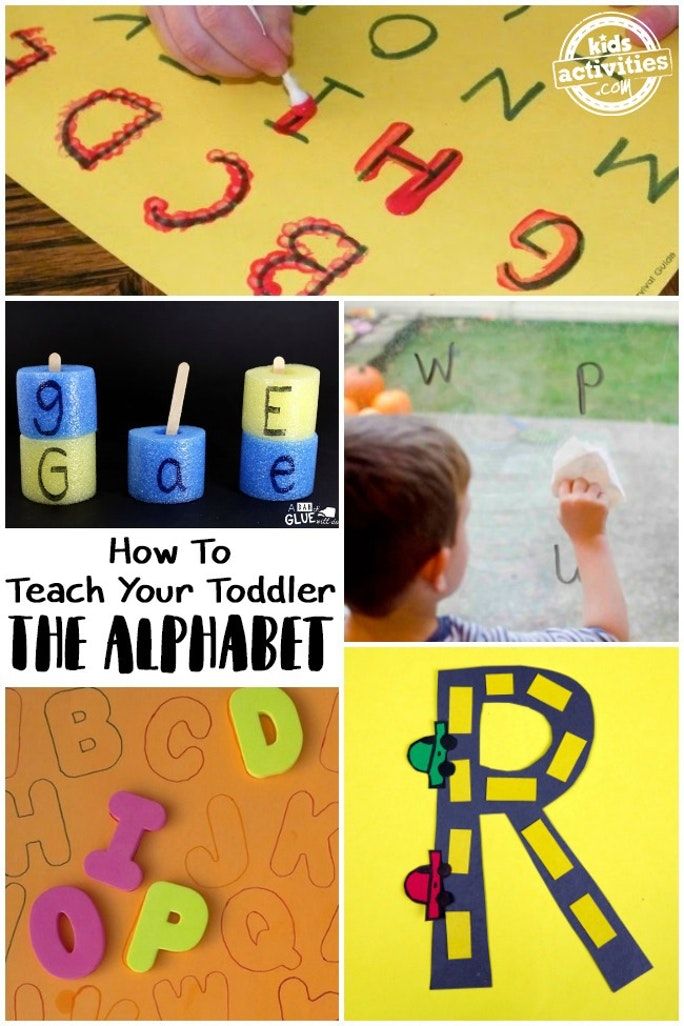 In order for the process of teaching children the alphabet to go smoothly, you need to take into account the following points related to their psychology and physiology - the age at which it is better to start learning and the characteristics of children's thinking.
In order for the process of teaching children the alphabet to go smoothly, you need to take into account the following points related to their psychology and physiology - the age at which it is better to start learning and the characteristics of children's thinking.
When is the best time to start learning the alphabet? Therefore, at the age of 1-2 years, it makes no sense to engage in a targeted study of the alphabet, in the form in which it is necessary for further learning to read. Moreover, by trying to force the baby to remember the letters by force, you risk causing him a negative reaction to the process of learning the alphabet, thereby turning him away from further studies.
Remember that it is impossible to force children to learn the alphabet, it is desirable to interest them in this, then they will react favorably to the lessons.
It is also important to understand that there are no clear age limits within which a child should start learning the alphabet.
For some children, this will go away “with a bang” already at the age of 2 years, for others, even at 3 years old, memorizing the alphabet will be difficult.
You can start learning letters if the child:
- easily concentrates during developmental activities;
- has a good visual memory;
- loves to have books read to him, loves to look at them on his own.
Start learning letters with your child, for starters, exclusively in a playful way.
Aids in learning the alphabet
Of course, the primer and the alphabet will be the main assistants in this difficult but interesting business. Let's take a look at how these benefits differ.
- Primer is a study guide that not only depicts letters, but also outlines methods for teaching reading, but also contains recommendations for parents on how to better learn the alphabet and conduct classes.
- ABC is a series of manuals representing the letters of the alphabet in any variant.
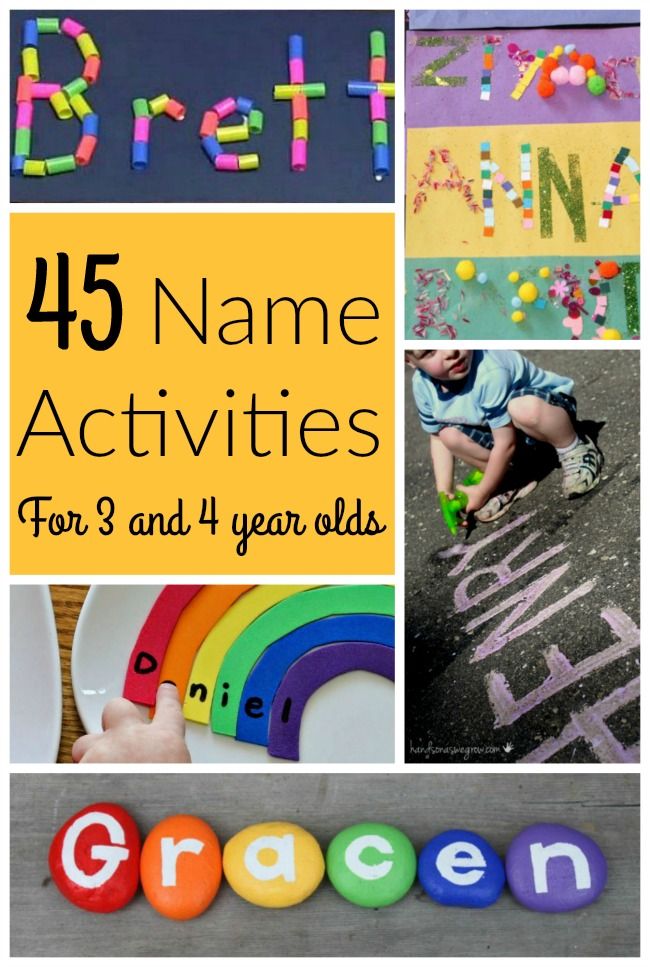 These can be cubes with images of letters, cards, lotto, stickers, various kinds of puzzles, sets of letters on magnets.
These can be cubes with images of letters, cards, lotto, stickers, various kinds of puzzles, sets of letters on magnets. - Standing apart in this series are the poetic alphabets - when a letter, its sound or image is played out in poetic form. The most pleasant for the perception of young children are the poetry collections of S.Ya. Marshak and A. A. Usachev.
Methods
There are several popular methods on how to learn the letters of the Russian alphabet correctly, each of them has its own advantages and disadvantages. Let's look at them in more detail.
Method of memorizing letters by images
Essence of the method: One of the popular methods, which is preferred by many parents, is learning the alphabet as follows: the child is asked to learn and memorize a letter, fixing its perception with an image of an object that begins with this letter.
Example: "A" in most cases suggests a watermelon drawn next to it, "D" - a house, "R" - a fish, and so on.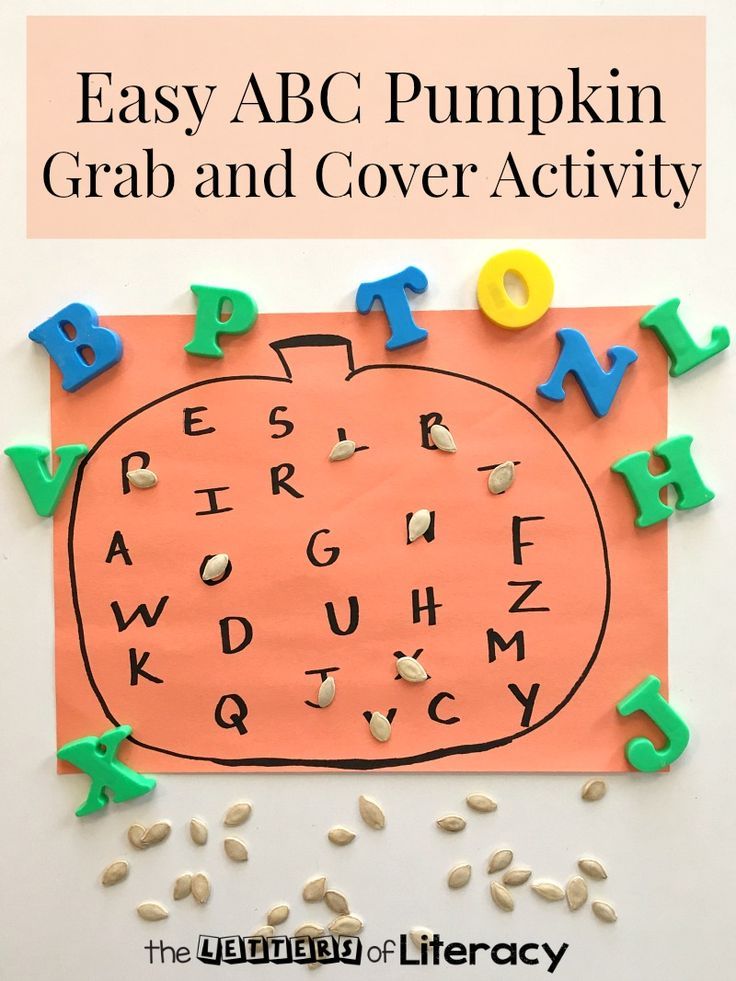 This is not entirely correct, and here's why.
This is not entirely correct, and here's why.
Minuses: Parents often complain that as a result, the child remembers not the pronunciation of a single letter, but the entire visual chain - that is, "A" for him is a watermelon. And in the future, when asked to show "A", the child points to a watermelon, and when you ask him what letter it is, he answers - "watermelon".
Advice: Therefore, professional teachers recommend using such alphabets or cards only at the initial stage - at the age of 2-3 years, in order to interest children in learning the alphabet itself.
Bakhtina's interesting method
Recently, the method of E. Bakhtina, a teacher and author of the primer of the same name, has become very popular in teaching children the alphabet and reading.
Essence of the method: E. Bakhtina suggests learning the alphabet in the following way: assign to each letter its specific image, the association that the baby will have when he sees it.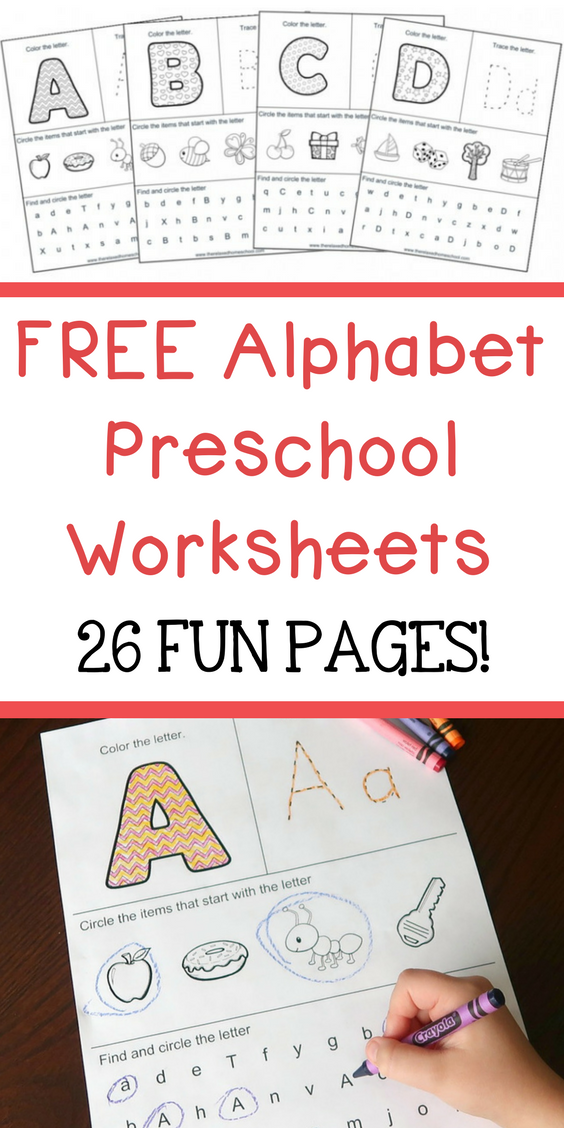 So, for example, “A” may be associated in a child with the sound that small children make when they still can’t speak anything.
So, for example, “A” may be associated in a child with the sound that small children make when they still can’t speak anything.
E. Bakhtina suggests using the fact that the outlines of many letters can be supported by an analogy with images of objects already familiar to the baby.
Example: Hippopotamus with a big belly, very similar to the image "B", "U" resembles a snail carrying a house on its back, and "E" and "Yo" differ from each other in that "E" The "eyes" are closed and they are not visible, while those of "Yo" are open.
Disadvantages: It must be said that the study of letters using this method requires a sufficiently developed associative thinking, and this is not necessarily characteristic of every child.
Pros: E. Bakhtina is popular, as the process of learning the alphabet is set out in it clearly and consistently, which allows it to be used not only by professional teachers, but also by parents on their own.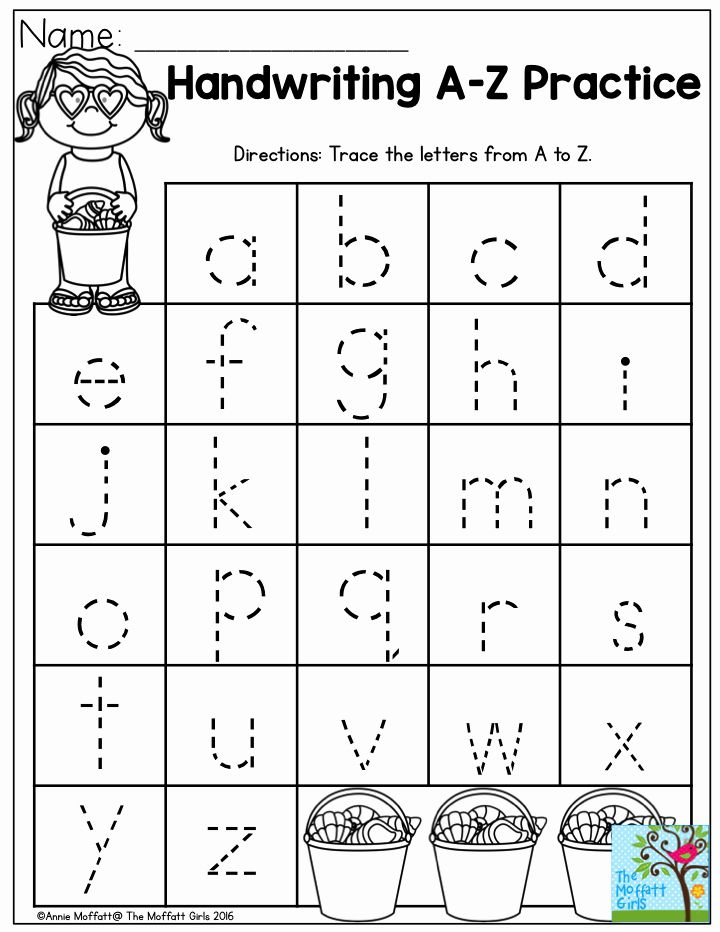
Download Elena Bakhtina's primer
Basic recommendations for learning letters using the classical method
In order to better understand how to teach a child letters, you can use the following recommendations:
- nothing more was depicted than the letter itself, while it should be bright and colorful, on a light background. Attach cards as you study above the child's work table, or on the wall of his playroom, thus training his visual memory.
- It will be easier to learn the simplest vowels "A", "O", "U", "I" at the initial stage, so start learning with them. Pronounce them correctly, as if "singing". In the future, this will greatly help when you teach your child to compose syllables.
- It is necessary to teach the child to pronounce not the name of the letter - "EM", "ES", "JE", but its pronunciation, the sound "MMMM", "SS", "LJ".
- Start studying consonants with "B", "P", "M", "N", "T", "G", "K". It is better to learn the pinching consonants "Ч", "Ш", "Ш" last, especially if their pronunciation causes difficulties for the baby.
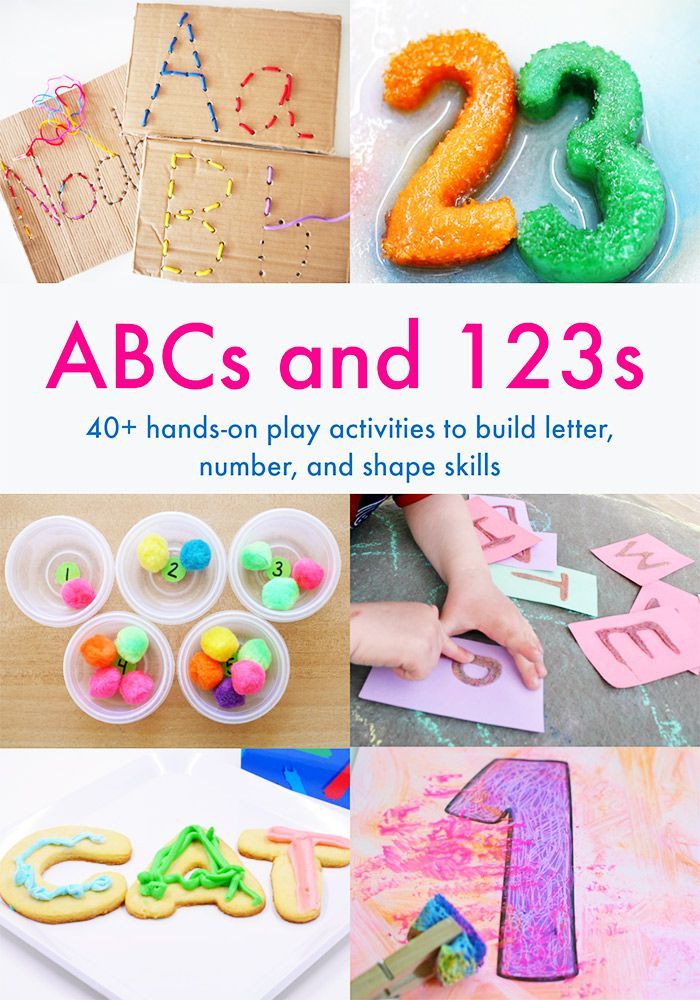
- Don't hurry! If your child has trouble remembering certain letters, take a break. Come back to them after a while.
- We study letters not only when you study at home, but also on the street, while walking. Invite the young student to recognize already familiar letters on signs, in store names.
Learn more about these and other recommendations in a separate article at the link.
Learning letters with pleasure
Lessons for teaching young children something should be done with pleasure, in a friendly and calm environment. Try to diversify the study of the alphabet by reading poetic alphabets, guessing riddles, memorizing rhymes and tongue twisters.
Do not rush to teach your child to write, first you need to successfully memorize all the letters, be able to call them quickly and without difficulty, and only after that you can start teaching the child to write letters. For a full and effective teaching of writing, you will need special aids - copybooks with letters.